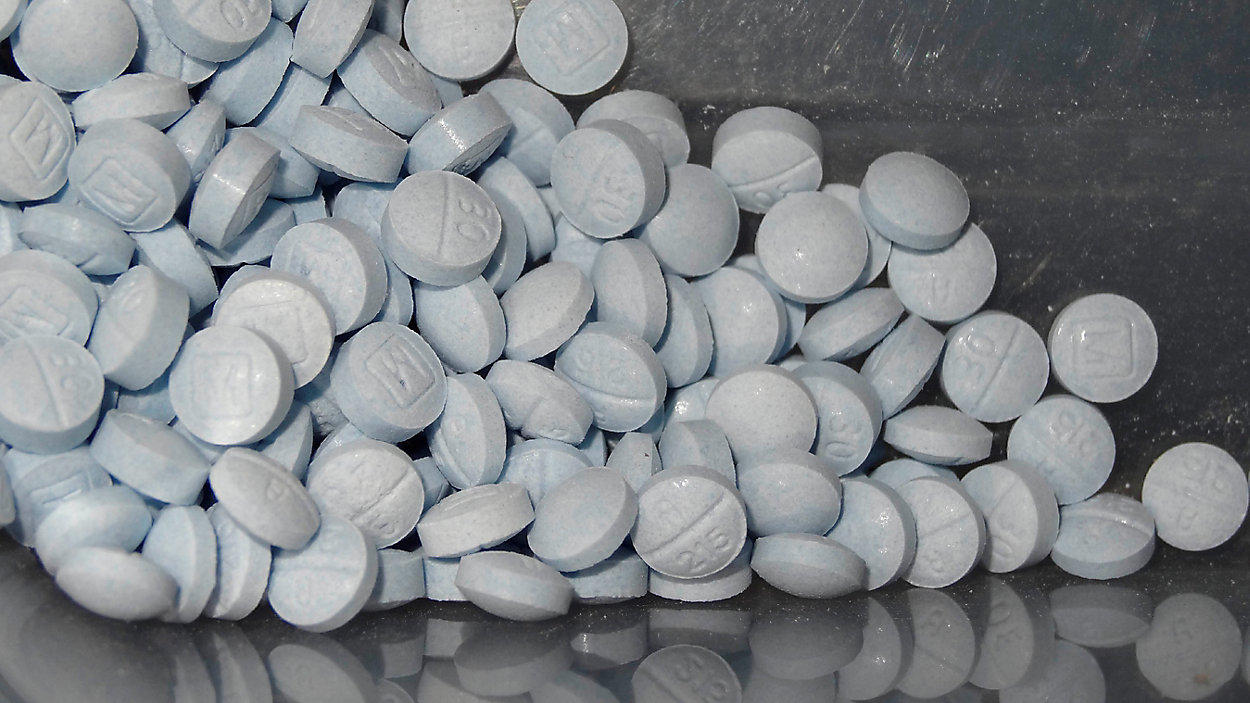Naloxone, also known by the brand name Narcan, is a medication designed to rapidly reverse opioid overdoses. It works by binding to opioid receptors and displacing opioids like heroin, morphine, or prescription pain medications. This essentially reverses the life-threatening effects of an opioid overdose.
How Does an Opioid Overdose Occur?
Opioids work by binding to and activating opioid receptors in the brain that reduce the perception of pain. However, Naloxone can also affect areas of the brain that control breathing. In an overdose, too many opioids are consumed, overwhelming the brain and respiratory centers. Breathing becomes dangerously slow or even stops altogether, which is why opioid overdoses are often fatal if not treated quickly. Even just temporarily reversing the effects on breathing gives medical personnel a window to provide additional life-saving interventions.
How is Narcan Administered?
Narcan is most commonly administered as an injection just under the skin or into a muscle. It begins working within 2-5 minutes and the effects last around 30-90 minutes as the body metabolizes it. This relatively short duration of action means that the person may relapse into respiratory depression if the underlying opioid is long-acting. For this reason, it is critical to summon emergency medical help during a narcan administration.
Naloxone is also available as an intranasal spray called Narcan Nasal Spray that is approved for use by laypersons without medical training. The atomizer delivers a quick, easy to use dose of narcan into the nose. Results from clinical trials found it to be as effective as the injection form at reversing overdoses when administered correctly.
Signs and Symptoms of an Overdose
It is important to be able to recognize the key warning signs of an opioid overdose so that narcan can be administered right away if needed:
Unresponsiveness – The person cannot be awakened or stirred awake even with vigorous effort.
Slow, weak, or no breathing – Noticeably slow or irregular breathing, or periods of not breathing at all.
Pinpoint pupils – The pupils of the eyes are very small, even in bright light.
Pale, blue or cold skin – Signs of low oxygen levels in the blood. Lips and nails may also appear blueish.
Choking sounds or a snore-like gurgling noise (called the “death rattle”) may be heard due to secretions in the throat and lungs.
Vomiting or making gurgling sounds due to vomit entering the lungs, increasing risk of aspiration.
If even one of these signs is observed, narcan should be administered without delay followed by activating emergency services. Every second counts in an overdose.
How Effective is Narcan?
Clinical studies have demonstrated narcan to be highly effective at reversing opioid overdoses when administered properly. In fact, it has helped save countless lives since its approval over 45 years ago. When administered soon after an overdose occurs, narcan can restore normal breathing within 2 to 8 minutes in the majority of cases. It works by rapidly displacing opioids from receptors in the brain and spinal cord.
One study found that 82% of lives were saved with narcan administration by first responders during suspected opioid emergencies. Another retrospective review found that 96% of patients who received narcan regained consciousness with reversal of their overdose symptoms. The medication is generally very safe and side effects are rare at therapeutic doses. Narcan has proved to be an indispensable tool in combating the opioid crisis.
Expanding Access to Naloxone
Recognizing it’s potential to prevent opioid overdose fatalities, many states and municipalities have made concerted efforts in recent years to expand public access to narcan. Standing orders now allow pharmacists to dispense narcan without an individualized prescription in most areas.
Community-based programs also distribute narcan kits free of charge, along with overdose response education. Groups at elevated risk, such as people with opioid use disorder and their friends/families, are targeted. Law enforcement agencies increasingly carry and deploy narcan as well. These harm reduction approaches have shown great success, with studies finding up to a 50-70% reduction in opioid overdose deaths post-implementation.
Narcan is a life-saving medication for the emergency treatment of known or suspected opioid overdose. By rapidly reversing the potentially fatal effects of opioid-induced respiratory depression within minutes, it can restore normal breathing and prevent overdose death. With rising rates of opioid abuse and overdoses, expanding access to narcan through standing orders and community programs is critical to stemming mortality. It represents a highly effective public health intervention for reducing opioid harms when deployed strategically.
Note:
1. Source: Coherent Market Insights, Public sources, Desk research.
2. We have leveraged AI tools to mine information and compile it.


